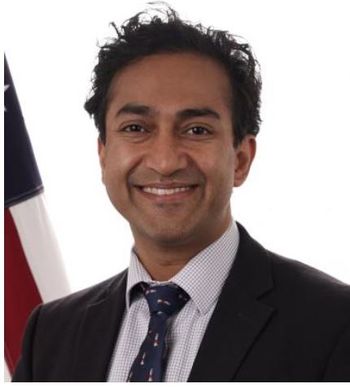
News|Slideshows|September 17, 2018
Improving HCV Care through Telementoring with Project ECHO
Author(s)Andrew Bowser
Scroll through our quick slideshow to see how 3 recently published studies highlight the need for a telementoring program in HCV care.
Advertisement
Newsletter
Enhance your clinical practice with the Patient Care newsletter, offering the latest evidence-based guidelines, diagnostic insights, and treatment strategies for primary care physicians.
Advertisement
Latest CME
Advertisement
Advertisement
Trending on Patient Care Online
1
Kymera's Oral STAT6 Degrader KT-621 Shows Biologic-Like Activity in Early Atopic Dermatitis Trial
2
New ACS Guideline Endorses Self-Collected HPV Tests for Cervical Cancer Screening
3
Lecanemab Data Suggest Sustained Delay in Alzheimer Disease Progression With Long-Term Maintenance Therapy
4
Alzheimer's Drug Discovery Foundation Responds With Optimism to Disappointing Results from evoke Late Stage Trials
5
























































































































































































































































































